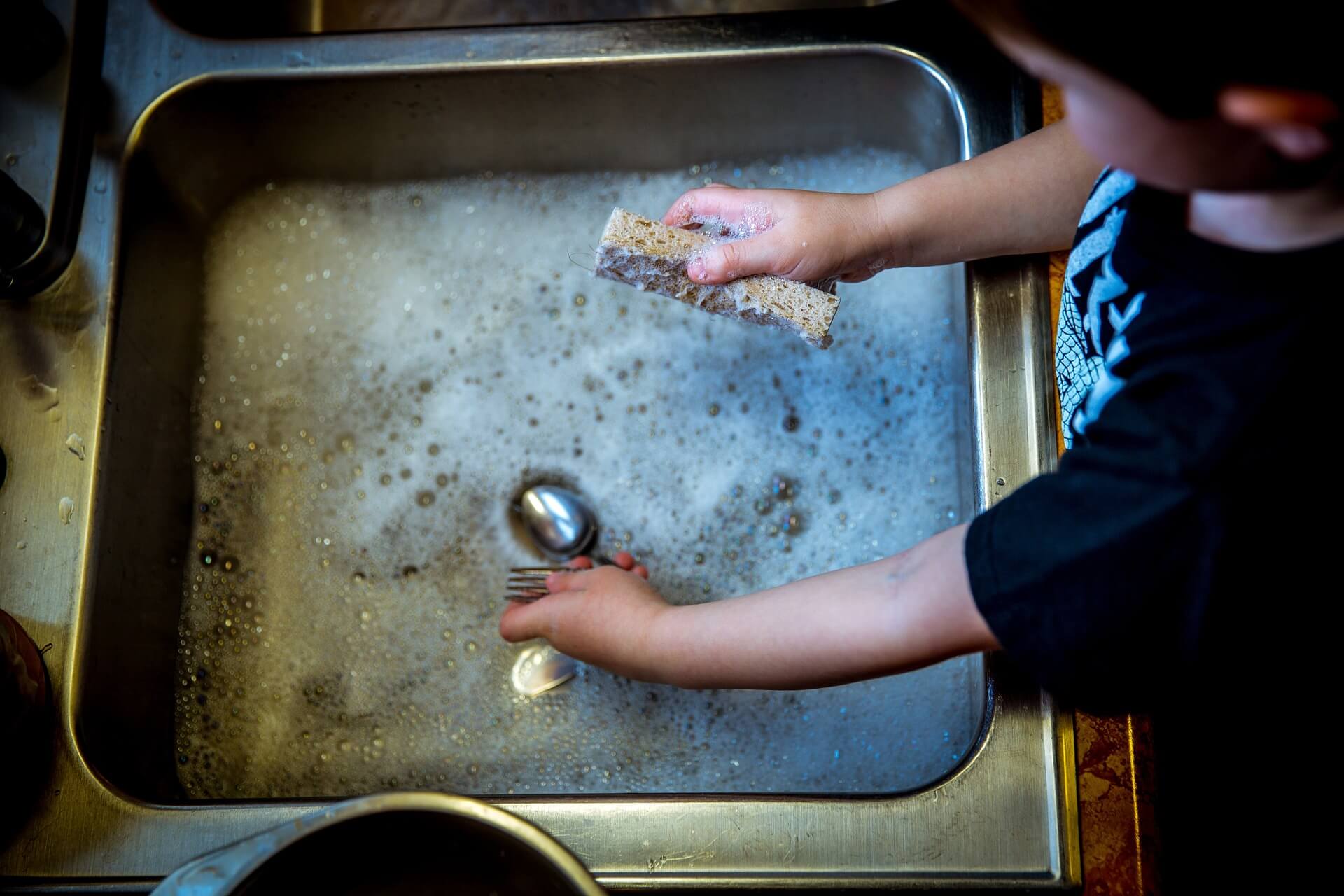Grease traps are essential to any commercial kitchen, but they require regular cleaning and maintenance to ensure their proper function. Neglecting to maintain a grease trap can lead to clogs, backups, and even health code violations.
However, with the right knowledge and tools, cleaning and maintaining a grease trap can be a straightforward and hassle-free process.
In this ultimate guide, we'll walk you through the steps necessary to keep your grease trap in top condition. From general maintenance to identifying signs of a clog, read on to learn everything you need to know about cleaning and maintaining grease traps.
Signs that Your Grease Trap Needs Cleaning
Knowing when to clean your kitchen grease trap is essential to prevent clogs, backups, and foul odors. Here are some signs that indicate your grease trap needs cleaning:
Foul Odors
If you notice unpleasant smells emanating from your kitchen sink or drain, it's a sign that your grease trap needs cleaning.
Slow Drainage
If your sink or drain is draining slowly, it could be due to the accumulation of grease and other debris in the grease trap.
Water Backup
If you notice water backing up in your sink or drain, it clearly indicates that your grease trap is full and needs cleaning.
Grease Buildup
If you can visually see a layer of grease floating on top of the water in your grease trap, it's time to clean it out.
How to Clean a Grease Trap
Cleaning a grease trap is a vital task that requires proper techniques and equipment. Here are the basic steps to follow:
- Turn off all equipment that discharges grease or oil into the grease trap.
- Remove the lid of the grease trap carefully.
- Use a scraper to remove the grease buildup from the trap's surface.
- Scoop out the grease and dispose of it properly in a grease recycling bin.
- Use a high-pressure hose to wash the trap's interior and inner channels.
- Scrub the walls and bottom of the trap with a grease trap cleaning solution.
- Rinse the trap's interior with water and check for any remaining debris.
- Replace the lid of the trap and ensure that it's tightly secured.
Cleaning a grease trap can be messy and time-consuming, so it's essential to take the necessary precautions and use the appropriate tools to get the job done effectively.
How to Maintain a Grease Trap
Regular maintenance is crucial for keeping your grease trap in good condition. Some essential steps include inspecting the trap for damage or leaks, checking the oil levels, and removing any buildup regularly.
Regularly inspect it for wear and tear, leaks, or damage. Additionally, you should keep a record of all maintenance and cleaning performed on the grease trap for future reference.
It's also important to dispose of the grease properly and have a professional inspect and service the trap regularly. Additionally, by opting for reputable manufacturers of plastic grease traps, like TEGE Materials, you can ensure minimal maintenance efforts for your traps.
Conclusion
Therefore, properly cleaning and maintaining your kitchen grease trap is crucial for both the longevity of your plumbing system and the safety and sanitation of your kitchen.
Following the steps outlined in this guide ensures that your grease trap functions efficiently, avoiding costly repairs and health hazards. With a little effort and attention, you can keep your kitchen running smoothly and safely for years to come.


